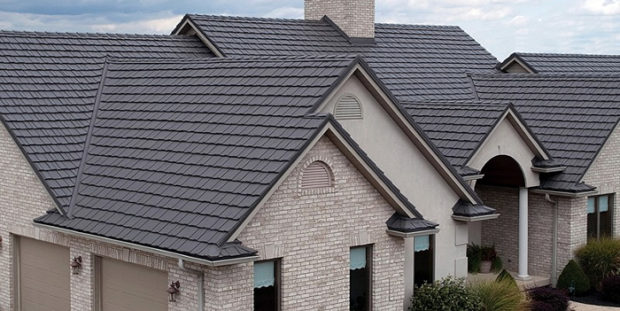Do You Really Need to Replace Your Roof? Read This and Find Out
Of all the home repairs that will surely drain your wallet, replacing the roof is one of the highest on the list. It’s certainly not a problem of contractors who charge too much for a simple job.
Good labor isn’t cheap, of course, but the cost of replacing a roof comes mostly from materials. The price of asphalt shingles — the most common roofing material — rises and falls with the price of oil, for example.
Proper galvanized steel staples aren’t cheap, either. If your contractor has to haul away your old shingles, that will cost you something as well.
If the high cost of reroofing makes you wonder if it’s all that necessary to replace your roof, it would not be surprising. But the good news is, you might be able to save some money and repair your roof on your own, instead.


Educate yourself before calling a contractor
The average roof should last between 13 and 18 years. Unavoidably, over time, damage from the elements takes a toll on every roof.
But although your roof might look damaged beyond repair, it may not be. If you call a contractor under the assumption that your roof needs to be replaced, the professionals may not let you know that repair is an option.
Before calling a contractor for a roof replacement quote, familiarize yourself with the signs that indicate replacement. You might not be able to make a knowledgeable assessment yourself, but you’ll have a better understanding of what can and can’t be repaired when a contractor comes out to look at your roof.
How to determine if roof replacement or repair is necessary
Assess what’s going on with your roof. Are you missing shingles? Do you have moss or algae that’s displacing them? Are you observing leaks throughout the house?
Algae and moss can be especially destructive to roofs. Roots grow under the shingles, and displace them one by one over time.
But power-washing algae and moss off the roof will destroy the special coating on your shingles and possibly displace further shingles. If you have a moss problem, face it: Eventually, you’ll need to replace your singles.
Pay close attention to leaks
If you’ve got leaks that have been around for a while, the longer they remain, the more potential damage your ceiling and walls will likely suffer. What might have been easy to fix earlier on could turn into a need to repair more than just your roof.
It’s possible to repair individual leaks, but keep in mind that if you’ve been patching up the same ones and they keep coming back, it’s time to call a professional. On the other hand, if you’ve just discovered a new leak, you should be okay if you get it repaired properly.
If you replace your roof, choose quality materials
If you decide to replace your roof, choose high-quality materials that are appropriate for your climate. For example, if algae and moss are a local problem, get algae-resistant shingles.
You don’t need to buy anything too fancy, since nowadays asphalt shingles come coated with chemicals that resist moss, algae, fungus, and lichens. These shingles look exactly like standard shingles, but they’re embedded with about 10% copper granules.
Maintain your shingles to prevent future problems
One would hope you won’t need to replace your roof before it lives out its expected lifespan. The best protection is regular roof maintenance.
Taking care of your roof is the only way to make sure you get those 13 to 18 years before you cannot avoid replacing it. It’s also the best way to prevent unnecessary repairs.
Even if your roof shows no evident signs of damage, always hire a professional to perform regular roof maintenance. It’s not cheap to own a home; nearly every aspect requires some kind of maintenance.
Hiring someone to perform maintenance after you’ve recently spent a good chunk of cash on a new roof might seem like too much. But regular maintenance is the best way to prevent damage, and to avoid the need to repair or replace your roof prematurely.
We found a great guide, “Signs You Need To Repair, Restore Or Replace Your Roof which talks at depth about the crucial signs that indicate your roof needs repair or restoration.